Wor Netties (Trans: Our outdoor earth closets)
In Weardale the last netties, or earth closets, were replaced by indoor toilets connected to either mains sewerage or septic tanks in the 1950s and 1960s. However, there are still a few well preserved netties to be found up in the hills next to abandoned farmhouses where the netty was still in use when the last inhabitants left. These netties were built about 30 feet from the farmhouse and downhill from the dwelling to avoid contamination of drinking water. The netty would contain a bucket of dry earth or peat which the user would sprinkle on the human waste to reduce smells and promote rapid composting. The “night soil” thus produced would be shovelled from the waste extraction slot set in the back of the netty cubicle and then preferably composted for six months to eradicate any pathogens, before being dug into the vegetable patch.
In towns, the netty would be an outhouse next to the coalhouse, as far away from the house as possible. Human waste would be removed from the hatch at the back of the netty at the dead of night by night soil men or nightmen, using long handled shovels, and then thrown on to a horse drawn cart and from there emptied into a cess pit. Overspills from cesspits, contaminating drinking water, caused severe outbreaks of cholera in the nineteenth century. Gradually running water was provided to flush outside toilets and by the late 1950s those unsung heroes, the night soil men, were no longer needed.
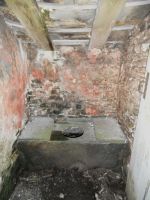
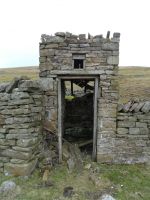
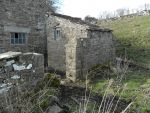
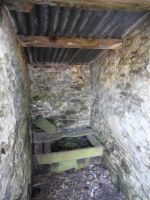
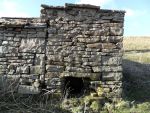
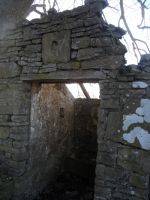
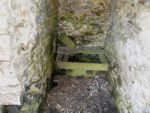
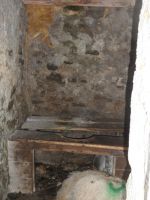
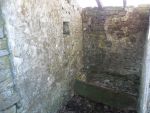
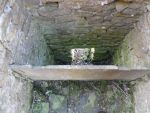
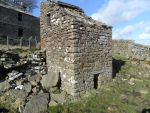
Did you know that the North East word, “Nettie”, come from the French word, “jeter”, to throw away.